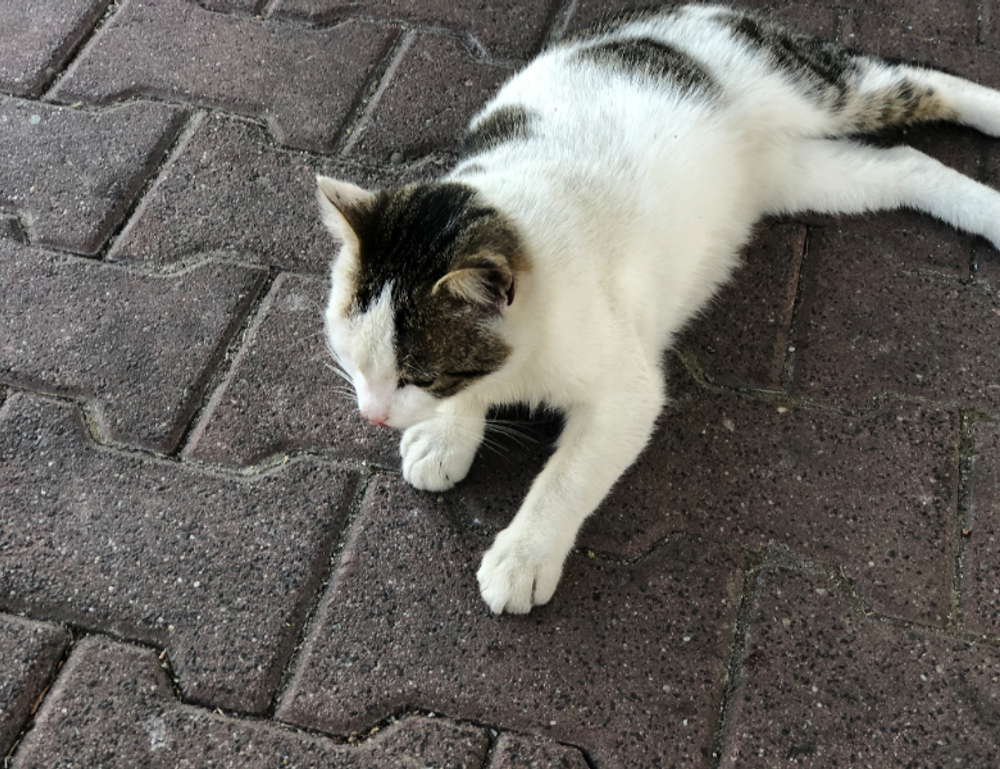The Purpose of a Food Guide
Let’s start with the basics. A good food guide gives you a framework to make better decisions—nothing more, nothing less. It won’t force you into a fad. It shouldn’t overwhelm with overcomplicated macros or niche superfoods either.
Whether you’re managing weight, improving energy, or supporting longterm health, the guide needs to align with realworld eating patterns. It should make eating well sustainable, not something you “try” for 30 days and abandon.
Clarity Over Confusion
A strong guide cuts through nutritional jargon. It doesn’t preach; it teaches. You shouldn’t need a degree in biochemistry to figure out what’s on your plate.
Portion clarity matters. So does visual structure. Think plates split into parts—veggies here, grains there, protein in balance. Easy. Effective.
Good guides offer principlebased advice, not onesizefitsall prescriptions. Your activity level, lifestyle, and preferences matter. That’s why cookiecutter plans usually fail. A good guide flexes with your day, not the other way around.
Flexibility in Foods
The days of endless grilled chicken and broccoli are done. A smart food guide highlights variety and inclusion. It doesn’t demonize carbs. It doesn’t elevate exotic supplements. It leans into whole, accessible foods.
Flexibility means you’re not punished for cultural foods or family traditions. You can still enjoy pasta, tacos, or curries—it’s just about portions, frequency, and pairing.
A rigid plan may work for a short stretch, but it’s not helping you build habits. The ultimate purpose of a good guide is to quietly shape better decisions, day after day, year after year.
Sustainability Is NonNegotiable
If you can’t stick with a food guide for a year, it’s probably not a good one. Sustainability—nutritional and psychological—is nonnegotiable.
Restriction tends to backfire. You get stuck in the guiltbingerestrict loop, which wrecks consistency. A healthy guide understands that cravings and celebrations are part of life. It gives you guardrails, not a cage.
Plans that force you to overhaul everything overnight ignore basic human behavior. We’re wired for gradual progress, not overnight transformation.
Cultural Awareness and Accessibility
Here’s the thing—if a food guide ignores cultural diversity, it’s flawed out the gate. No two households cook the same. Good guidance respects local flavors and everyday ingredients.
A great guide adapts to different socioeconomic realities too—not everyone shops organic or eats out three times a week. What works in a pricey health food store probably won’t land in a rural town. So, affordability and access always matter.
That’s part of understanding what makes a good food guide ontpdiet—meeting people where they are, not where some idealized template says they should be.
Evidence Over Influence
Influencers love to sell based on trends. But a solid food guide? It’s rooted in vetted, global nutrition science—data over anecdote.
That means recommendations should echo findings from studies, not what worked for someone with 10 million followers. Fiber, plant diversity, hydration, portion control—these aren’t trendy. They’re consistent recommendations based on decades of evidence.
There’s also an honesty in admitting that nutrition science evolves. A good guide grows with that research—with transparency around the “why” behind each principle.
Visual Tools Matter
It’s not enough to list foods. A good guide makes everything digestible—literally and visually. Charts, plate models, colorcoded sections—these help drive the points home without needing 30 pages of description.
Clarity helps reinforce behavior. If someone can glance at a guide and plan a meal, you’re on the right track. Simplicity doesn’t mean dumbing down. It means making the essential info more absorbable.
Digital or Print, It Better Be Practical
Modern lives are lived mostly through screens—that means guides need app integration, tasty recipes, smart grocery lists, and realtime flexibility. But even for print lovers, grabandgo references, laminated cards, or fridge visuals are effective.
Whatever the format, make it easier to act. Theory only goes so far. A good guide nudges decisionmaking every single day.
FeedbackDriven Design
Some of the best food guides were built through iteration—trainers, dietitians, chefs, and eaters all pitched in. You want something that’s been tested and adjusted.
Feedback should drive design, not marketing buzz. If users can’t follow it for more than a week, something needs adjusting. Simplicity, adaptability, and instruction clarity all benefit from reallife input.
In short, test your menu with actual people—not in a lab, but at dinner tables, in employee lounges, and between soccer practices.
Final Thoughts
There’s a wide gap between “popular” and “truly helpful” when it comes to nutrition advice. The secret isn’t in unicorn foods or strict rules. It’s in knowing what makes a good food guide ontpdiet—balance, clarity, flexibility, and longterm fit.
If a guide helps people own their nutrition without perfectionism or pressure, it’s doing its job. And if it’s easy to use in real life—without excessive restriction or judgment—it’s on the right path.
Trust the basics. Apply them with consistency. That’s where real change happens.
